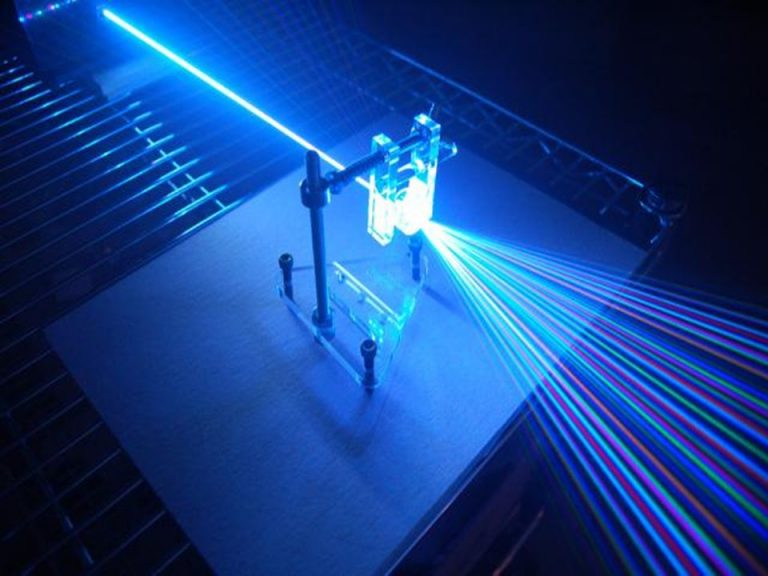Waves can participate in four ($4$) phenomena:
- Reflection
- Refraction
- Diffraction
- Interference
Reflection
Reflection is the bouncing of waves off of a boundary. Sounds waves produce echoes when they bounce off of certain surfaces. There are two ($2$) types of reflection in the case of light:
- Diffuse reflection is when light rays are scattered at different angles from an uneven surface
- Specular reflection is when light rays reflect off of the boundary in a uniform manner from a smooth surface
Image Credits: Shutterstock

- For a concave barrier, the waves take the shape of the barrier and converge (become smaller)

- For a convex barrier, the waves take the shape of the barrier and diverge (become larger)

Refraction
Refraction is when a wave bends (changes direction) as it crosses from one medium to another (for example from air to water). The velocity of the wave among other properties is affected by refraction.
Image Credits: Socratic

Diffraction
This is the spreading of waves as they pass through a gap or travel past corners
- If the gap is narrow (comparable to the wave’s wavelength) then the diffraction is great
- If the gap is wide then diffraction is poor
- Sound can bend around corners because its wavelength is comparable to the size of the gaps/corners. This is not the case for light waves. Thus we can hear someone who is in another room without being able to see them

Diffraction is best seen in the use of a diffraction grating:
Image Credits: PhysicsOpenLab

Interference
This is when waves overlap to produce a new wave of greater or lesser amplitude compared to that of either of the original waves
Image Credits: SaveMyExams

- Interference can be constructive or destructive
- Constructive interference produces a wave of larger amplitude
- Destructive interference produces a wave of smaller or no amplitude
Image Credits: University of Birmingham

Ultrasound
Ultrasound is sound which has frequency higher than $20\ kHz$.
Video:
Click/tap here to load video
